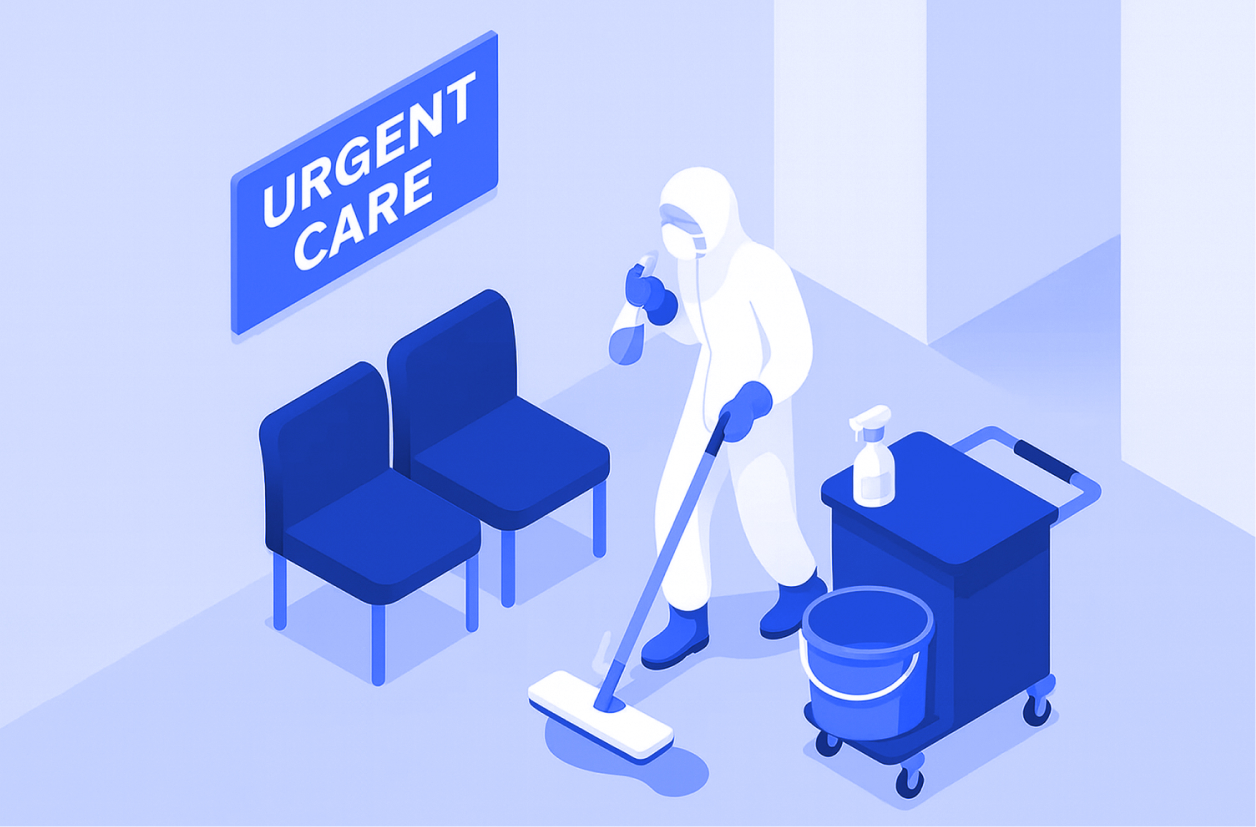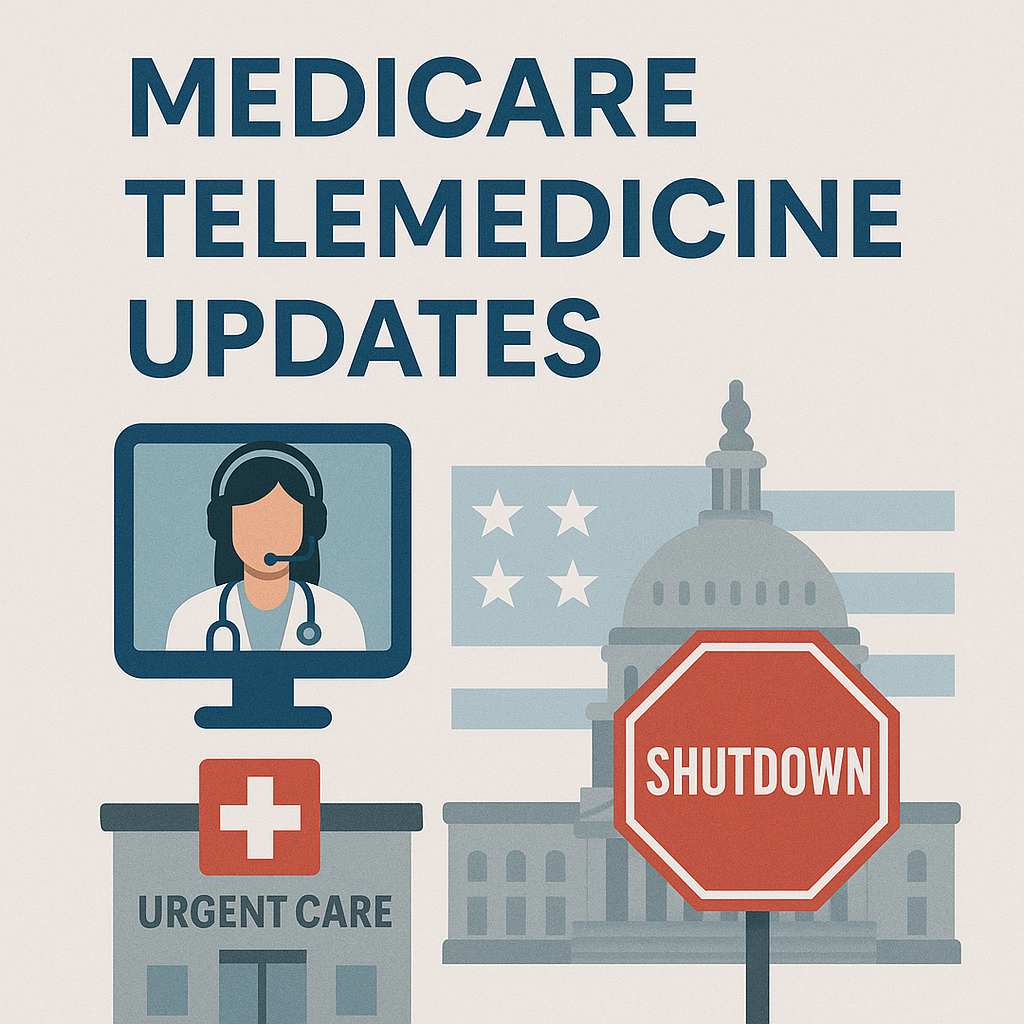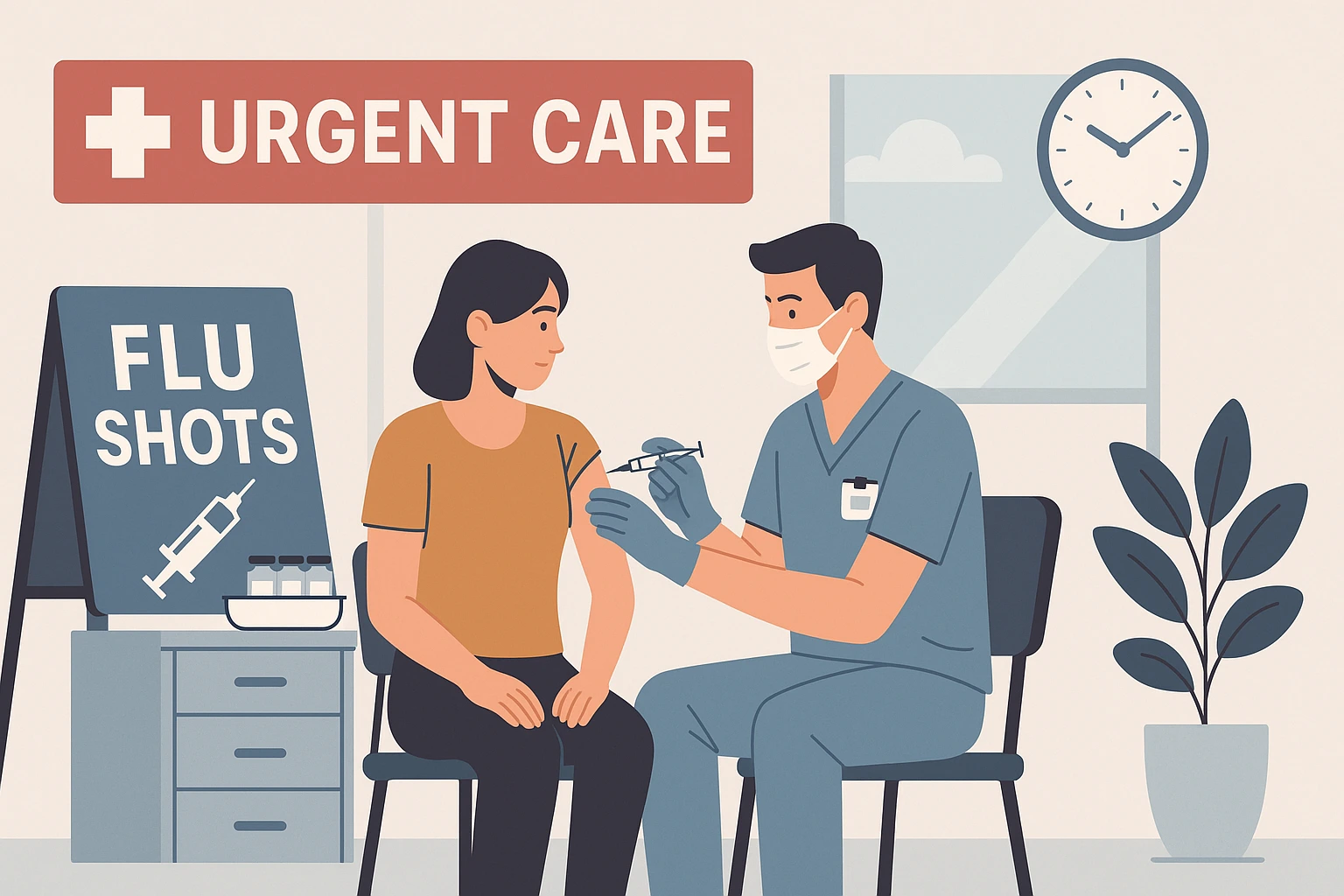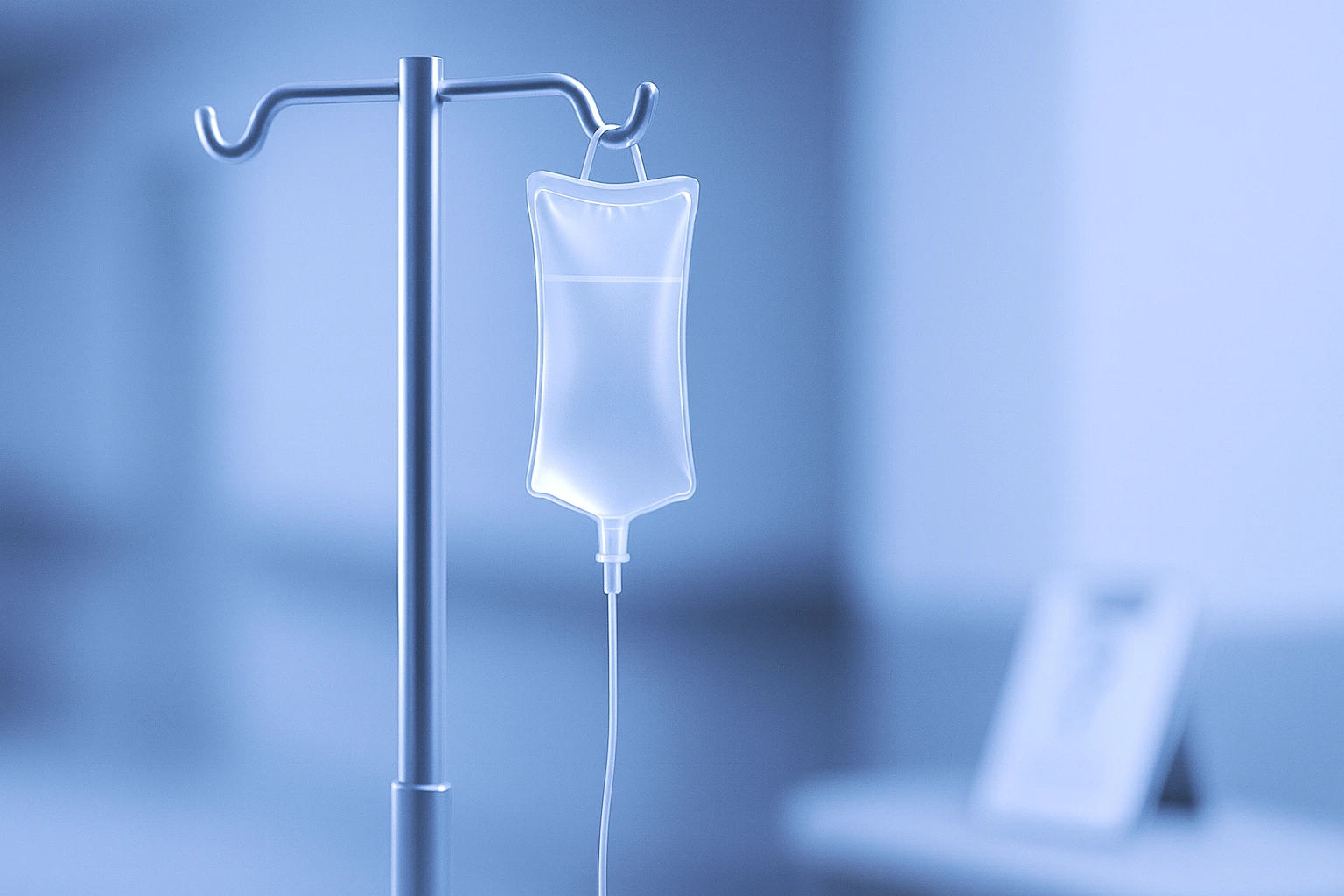

Deep Cleaning Your Urgent Care Center: Steps & Why it Matters.
Learn how regular deep cleaning can reduce infection risk and improve patient satisfaction in urgent care.

In urgent care, cleanliness isn’t just about appearance, it’s a matter of patient safety, compliance, and operational efficiency. While routine cleaning happens daily, deep cleaning is a structured, comprehensive process that ensures a sanitary environment, reduces infection risks, and improves patient experience. As the cold and flu season continues for most urgent care centers, here’s why deep cleaning should be a priority and how to execute it effectively.
Why Deep Cleaning Matters in Urgent Care
1. Infection Control & Patient Safety
Urgent care centers treat a high volume of patients with contagious illnesses. A deep cleaning routine minimizes the spread of pathogens and keeps both patients and staff safe. It also creates the best “first impression” to the patients you serve.
2. Regulatory Compliance
Health departments and OSHA require stringent sanitation standards. Regular deep cleaning ensures compliance with guidelines, reducing the risk of violations or fines. Additionally, a defined cleaning/deep cleaning schedule is often a component of accreditation surveys and compliance.
3. Improved Patient Trust & Experience
A clean facility reassures patients, enhances their perception of care quality, and increases the likelihood of return visits and positive reviews.
4. Equipment Longevity & Efficiency
Proper maintenance of exam tables, diagnostic tools, and other medical equipment ensures functionality and extends lifespan.
Step-by-Step Guide to Deep Cleaning Your Urgent Care
1. Develop a Cleaning Schedule
- Determine the frequency (weekly, biweekly, monthly, seasonally).
- Assign responsibilities to staff or hire professional cleaners.
2. Use the Right Disinfectants & Protocols
- Select healthcare-grade, EPA-approved disinfectants effective against bacteria and viruses.
- Follow manufacturer guidelines for medical equipment sanitation.
3. Focus on High-Touch & High-Risk Areas
- Exam rooms: Wipe down beds, door handles, light switches, and medical devices.
- Waiting areas: Sanitize chairs, touch screens, and front desk counters.
- Restrooms: Deep clean sinks, toilets, and dispensers to prevent cross-contamination.
- Storage: Don’t forget to clean, dust, and dispose of old or damaged items in storage areas.
- Break areas: Keep your staff healthy by routinely cleaning common staff spaces.
4. Pay Attention to Air Quality
- Replace HVAC filters regularly.
- Use air purifiers to reduce airborne contaminants.
- Avoid when possible cleaning products with strong odors or scents
5. Deep Clean Floors & Hidden Spaces
- Mop with disinfectant and vacuum carpets with HEPA filters.
- Move furniture and medical carts to clean under and behind them.
6. Properly Dispose of Biohazard Waste
- Ensure all medical waste is correctly labeled and disposed of following OSHA standards.
- Be sure to dispose of cleaning materials- especially cleaning cloths- to avoid cross contamination.
6. Train Staff & Maintain Documentation
- Provide staff with clear protocols and regular training.
- Keep cleaning logs for accountability and compliance audits.
- Encourage all staff to do their part to keep the facility clean and safe.
Final Thoughts
A well-executed deep cleaning routine protects patients, boosts staff morale, and enhances your urgent care center’s reputation. Investing in cleanliness is investing in patient safety and business success.
Would you like more information on how to set up a thorough cleaning process for your urgent care? Contact us at sales@urgentiq.com
More blog posts to read
Prefer to send an email? Send us your request at sales@urgentiq.com, and we'll coordinate with you directly.
We're thrilled that you're interested in joining us. Please fill out the form below to get started on your journey with UrgentIQ.




